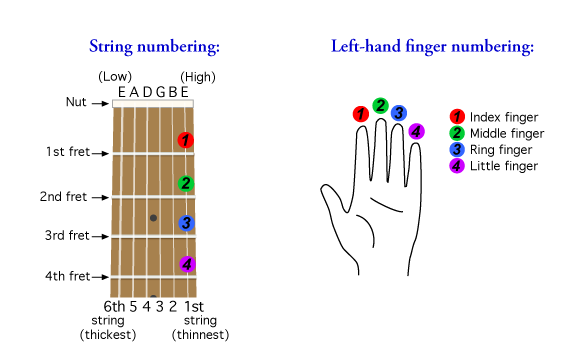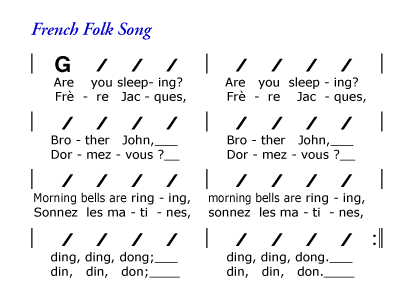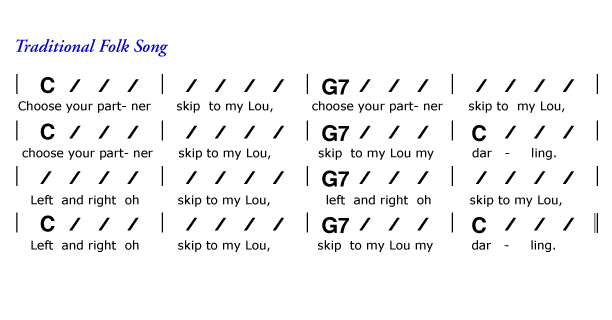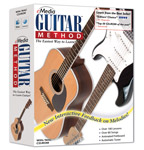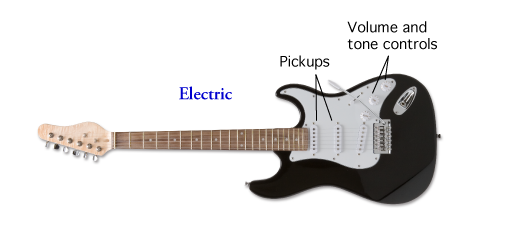Here are some good lessons on guitar technique designed to help the beginner guitarist get started the right way. Remember to watch your hands and fingers in the early stages. As you learn how to play guitar you don’t want to develop any bad habits. It is much harder to fix problems with your technique later.
Right Hand Guitar Technique
The right hand is used to make the guitar string vibrate by touching the string with your fingers, thumb and/or guitar pick. The right hand should rest comfortably on the guitar, with the hand basically parallel to the front of the instrument. The main right-hand guitar techniques are:
How to Strum a Guitar
Strumming is used for playing chords on the guitar. You strum with either the thumb, index finger or all the fingers across the strings in an up and down motion. See video for a demonstration. With any of the strumming styles, the right arm rests on top of the guitar and the usual place to strum is just behind (toward the bridge) or over the sound hole. For an electric guitar, which doesn’t have a sound hole, the strumming is done over the pickups. This video shows you how to strum a guitar.
[Excerpt from eMedia Guitar Method]
How to Hold a Guitar Pick
To learn how to hold a guitar pick, try making a loose fist and put the pick between your index finger and thumb. Don’t let too much of the pick be exposed as you need to control firmly as you strum and play individual notes. Keeping a minimal amount of pick exposed also keeps it from being caught in the guitar strings and coming out of your hand. When using a pick, alternate between down and up strokes, giving each note a separate stroke. Thus the first note would get a down stroke, the second an up stroke, the third down, the fourth up and so on. Here is a video to show you how to hold a pick.
Fingerpicking
This is the technique widely used by classical and folks guitarists. Here your hand rests above the guitar strings with the thumb roughly parallel to the strings and the rest of your fingers curved and plucking the strings perpendicularly. Note that some rock guitarists will use fingerpicking too. When using fingers (playing fingerstyle), pluck alternately with the index (i) and the middle (m) fingers. Thus use i for the first note, m for the second, i for the third, m for the fourth and so on.
[Excerpt from eMedia Guitar Method]
Left Hand Guitar Technique
Here are some things to observe when developing proper left hand technique for guitar. Those are:
Play With Thumb Parallel to the Neck and Arched Fingers
 Your thumb should rest in the middle of the back of the neck, opposite your 2nd finger and vertical (perpendicular to the neck, not angled or parallel). Try holding your guitar neck with your left hand and then pull your hand down keeping your fingers slightly curved.
Your thumb should rest in the middle of the back of the neck, opposite your 2nd finger and vertical (perpendicular to the neck, not angled or parallel). Try holding your guitar neck with your left hand and then pull your hand down keeping your fingers slightly curved.
Keep space between the curve of your hand that is making the chord and the guitar neck. If you were to look at your hand from the end of your guitar (near the tuning machines), it should be in a “C” shape, with arched fingers.
Play On Your Finger Tips
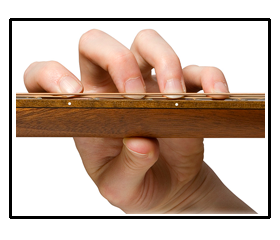 Make sure you play with the tips of your fingers, so that notes can ring out and not be accidentally muted. Do not let your finger flatten out when playing single strings.
Make sure you play with the tips of your fingers, so that notes can ring out and not be accidentally muted. Do not let your finger flatten out when playing single strings.
There is generally a one finger per fret,
rule, that says all notes played on a particular fret should be played by the same finger across all strings on that fret. For example, if the 1st finger is on the 3rd fret, it plays all notes on the 3rd fret across all strings, the 2nd finger plays notes across the 4th fret, the 3rd plays the notes across the 5th fret and so on. Then as you move your hand up and down the neck you always have maximum reach with minimal movement. Very important when playing melodies and riffs at higher tempos.
Play Slightly Behind the Fret, and Don’t Press Too Hard
 Your fingertips should press down just behind the frets (slightly towards the tuning machine end of the neck), and as close to the frets as possible without having your finger on the top of the actual fret. This will make it much easier to hold down the string to get a good tone. You should not need to press down very hard to make a note sound. If the note sounds muffled, your finger is probably on the fret and you need to move it back a bit.
Your fingertips should press down just behind the frets (slightly towards the tuning machine end of the neck), and as close to the frets as possible without having your finger on the top of the actual fret. This will make it much easier to hold down the string to get a good tone. You should not need to press down very hard to make a note sound. If the note sounds muffled, your finger is probably on the fret and you need to move it back a bit.
If your left-hand fingernails are too long, they may need to be trimmed.
Paying extra attention to technique as you learn how to play guitar pays off greatly as you start to improve. Getting the basics right during your initial beginner guitar lessons pays off a lot in the long run.
